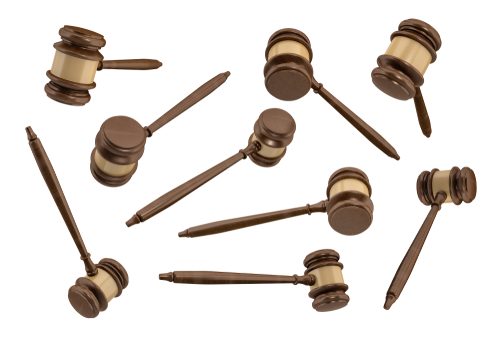McElhaney: The Burden of Reasonable Doubt

Photo by Rick Allred
The young lawyer was right in the middle of final argument when he had one of those awful moments of self-awareness and wondered if he would be able to finish what he was saying. Everything had been going along just fine when all of a sudden he felt the rush of blood to his face and became exquisitely aware that he was standing in front of the jury, talking to them, and that they were listening to what he had to say.
That is when he started listening to his own words. He knew they made sense, but he worried that they might actually be hurting the case instead of helping it.
The young lawyer was right to be concerned. He was representing the defendant in a criminal case, and he was suddenly caught in the Venus flytrap of the law: proof beyond a reasonable doubt. You can look at it, you can circle it, you can describe it, you can crawl all over the outside of it. But once you settle on it and rely on it for your defense—if you are not careful—it can eat you alive.
Wait a minute, you say. Proof beyond a reasonable doubt is a heavy burden that the prosecution has to bear throughout the entire case. It is designed to protect the defendant, to guard against the possibility of the innocent being convicted. How can it be a trap for the defense?
The answer lies in the role of lawyers and the logic of argument.
Click here to read the rest of “The Burden of Reasonable Doubt” from the October issue of the ABA Journal.



